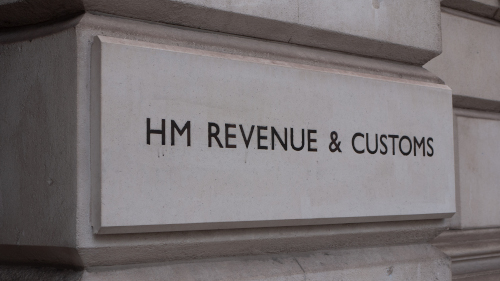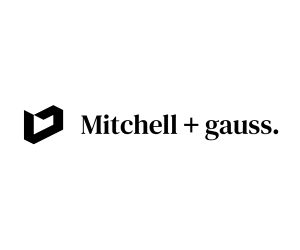Making Tax Digital 2026 deadline looms for £50k+ earners

Sole traders and landlords with qualifying income exceeding £50,000 will face a significant change in tax reporting from next year, with the mandatory implementation of Making Tax Digital (MTD) for Self Assessment.
Under the new system, affected individuals must maintain digital records using MTD-compatible software and submit quarterly summaries of their income and expenses to HM Revenue and Customs (HMRC). Qualifying income includes gross earnings from self-employment and property before deducting expenses or allowances.
Officials state the move aims to modernise the tax system, making it more efficient and reducing errors. By keeping digital records throughout the year and providing quarterly updates, the workload is spread more evenly, giving businesses a clearer, near real-time view of their tax position and saving time previously spent compiling annual returns. The UK government views this as supporting productivity and economic growth.
James Murray MP, exchequer secretary to the treasury, said: “MTD for Income Tax is an essential part of our plan to transform the UK’s tax system into one that supports economic growth.
“By modernising how people manage their tax, we’re helping businesses work more efficiently and productively while ensuring everyone pays their fair share.
“This is a crucial step in this government’s decade of national renewal and our Plan for Change, as we clear away barriers that hold back growth.”
Craig Ogilvie, HMRC’s director of Making Tax Digital, said: “MTD for Income Tax is the most significant change to the Self Assessment regime since its introduction in 1997. It will make it easier for self-employed people and landlords to stay on top of their tax affairs and help ensure they pay the right amount of tax.
“By signing up to our testing programme now, self-employed people and landlords will be able to familiarise themselves with the new process and access dedicated support from our MTD Customer Support Team, before it becomes compulsory next year.”
From April 2026, individuals with qualifying income above £50,000 will need to keep digital records, use MTD-compatible software and submit quarterly summaries of their income and expenses to HMRC. These digital requirements aim to help businesses save time through more efficient record-keeping, reduce errors in tax calculations, and provide a clearer picture of their tax obligations throughout the year.
Qualifying income includes gross income from self-employment and property before any tax allowances or expenses are deducted. Those with qualifying income above £30,000 will also be required to use MTD for Income Tax from April 2027. The threshold will then decrease to £20,000 from April 2028.
The phased introduction of MTD for Income Tax follows the successful implementation of MTD for VAT, which now helps more than two million businesses reduce errors and save time on their tax affairs. Businesses which joined the MTD for VAT testing phase were better prepared for the move to quarterly reporting.
An independent report published in 2021 found that 69% of mandated businesses experienced at least one benefit from MTD for VAT, while 67% reported that it reduced the potential for mistakes in their record keeping.









